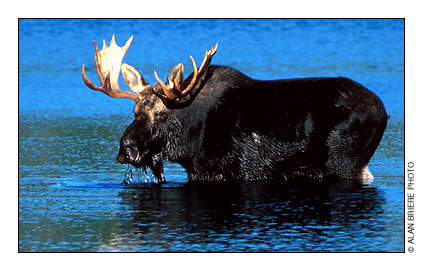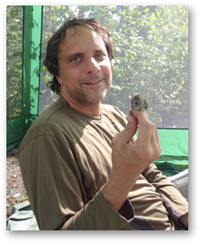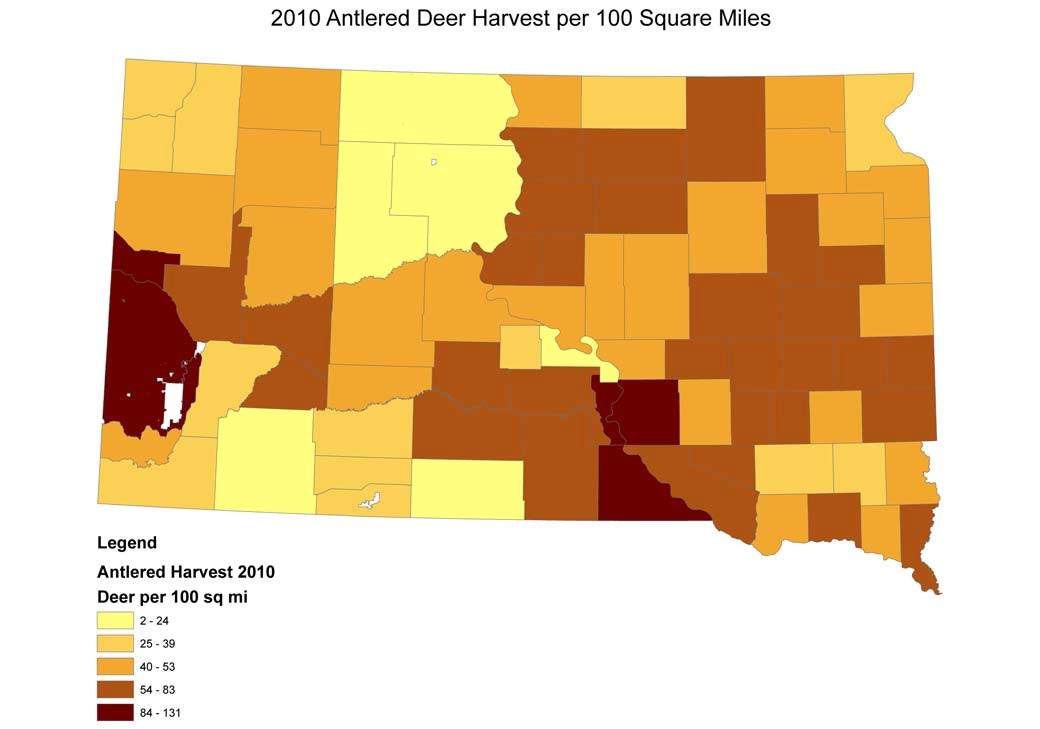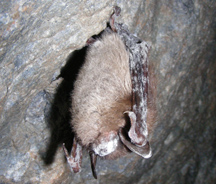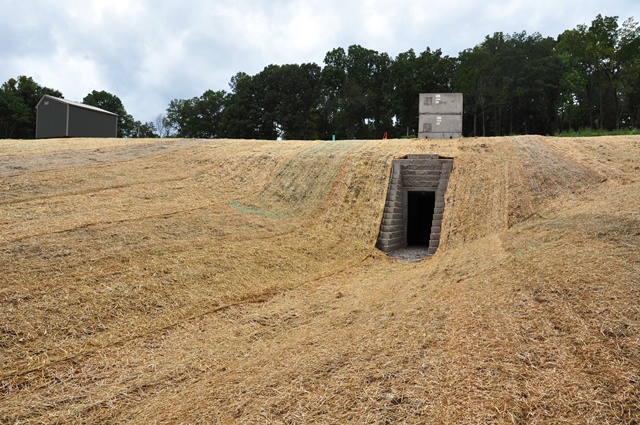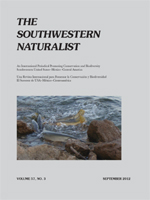Hunter check-ins have always provided a bounty of information on the health of individual animals and the population profile of the species. In Maine this year and for the last few years, they are providing more. The Maine Department of Inland Fisheries and Wildlife has teamed up with the Maine Medical Center Research Institute’s Vector Borne Disease Lab to provide blood samples from moose, white-tailed deer and even some turkeys for the lab’s surveillance mosquito-borne diseases like West Nile and Eastern Equine Encephalitis, according to a story from WSCH TV in Portland, Maine.
By using blood samples from hunter check-ins, the lab is able to get information from remote areas that are difficult (and expensive) to monitor through traditional methods. And, according to the WSCH story, they are finding a surprising amount of these diseases out there.

